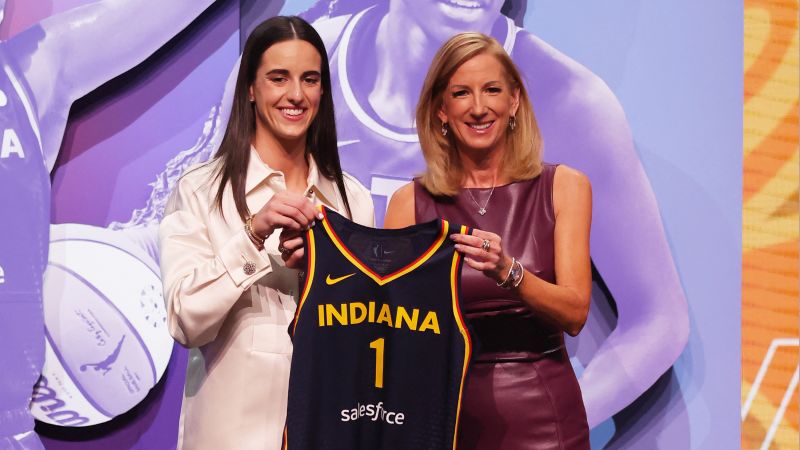Caitlin Clark made history as the leading scorer in NCAA basketball and the first pick in the WNBA draft, but her salary of $76,535 pales in comparison to the millions earned by top NBA players. This stark contrast highlights the significant gender gap in professional sports salaries, with the highest-paid WNBA player making $242,000 compared to the NBA minimum salary of over a million dollars in 2023. Despite this, players like Clark and Angel Reese have helped elevate women’s college basketball to new heights, drawing record audiences and sellout crowds.
While WNBA stars are not demanding equal pay to NBA players, they are advocating for fair compensation based on a share of revenue. Currently, women receive about 10% of the WNBA’s overall revenue, compared to 50% for NBA players. Some WNBA athletes even play overseas during the off-season to supplement their income due to the salary discrepancy. The WNBA Players’ Association stresses the importance of fair treatment, valuing, and proper compensation for women athletes as true professionals.
Rookie salaries and contracts in both the NBA and WNBA are determined by collective bargaining agreements. The WNBA has a significantly lower salary cap than the NBA, resulting in fewer financial opportunities for players. While top WNBA athletes like Caitlin Clark may earn additional compensation from player marketing agreements, these opportunities are limited for many players. Despite progress since the last collective bargaining agreement in 2020, economic disparities, underinvestment, and lack of bargaining power have led to the wide salary gap.
The WNBA’s smaller size and younger age have impacted its bargaining power compared to the NBA, resulting in women receiving a smaller share of total revenue. While the WNBA is progressing with plans for expansion to 16 teams by 2028 and negotiating new media rights deals, the league is seeking to increase visibility, revenue, and support for its players. As the players’ union prepares to opt out of its agreement in 2025, there is potential for salary increases and expanded benefits with new agreements and increased interest in the league.
The WNBA was founded in 1997 with the belief that creating a women’s league would benefit the overall growth of the game. However, critics argue that the NBA could have done more to support the WNBA and its players. Calls for increased investment from the NBA, broadcasters, and corporate partners aim to elevate the WNBA’s standing and ensure it is not overshadowed by the men’s league. With rising interest from fans and advertisers, player salaries in the WNBA could see growth in the future, reflecting the league’s recent successes in viewership and attendance.
As the WNBA looks towards its future, plans for expansion, new media rights agreements, and increased revenue sources are expected to bolster player salaries and benefits. With the potential for improved collective bargaining agreements and greater financial support, WNBA athletes hope to see a fairer distribution of revenue and increased investment in the league. The next few years are crucial for setting up the WNBA for sustainable growth and ensuring a more equitable future for women athletes in professional basketball.


